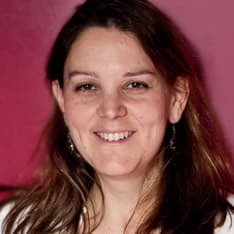Advertisement
BioBoom
In The Heart Of Biotech, Leaders Explain The Boston Area’s 'BioBoom'
Resume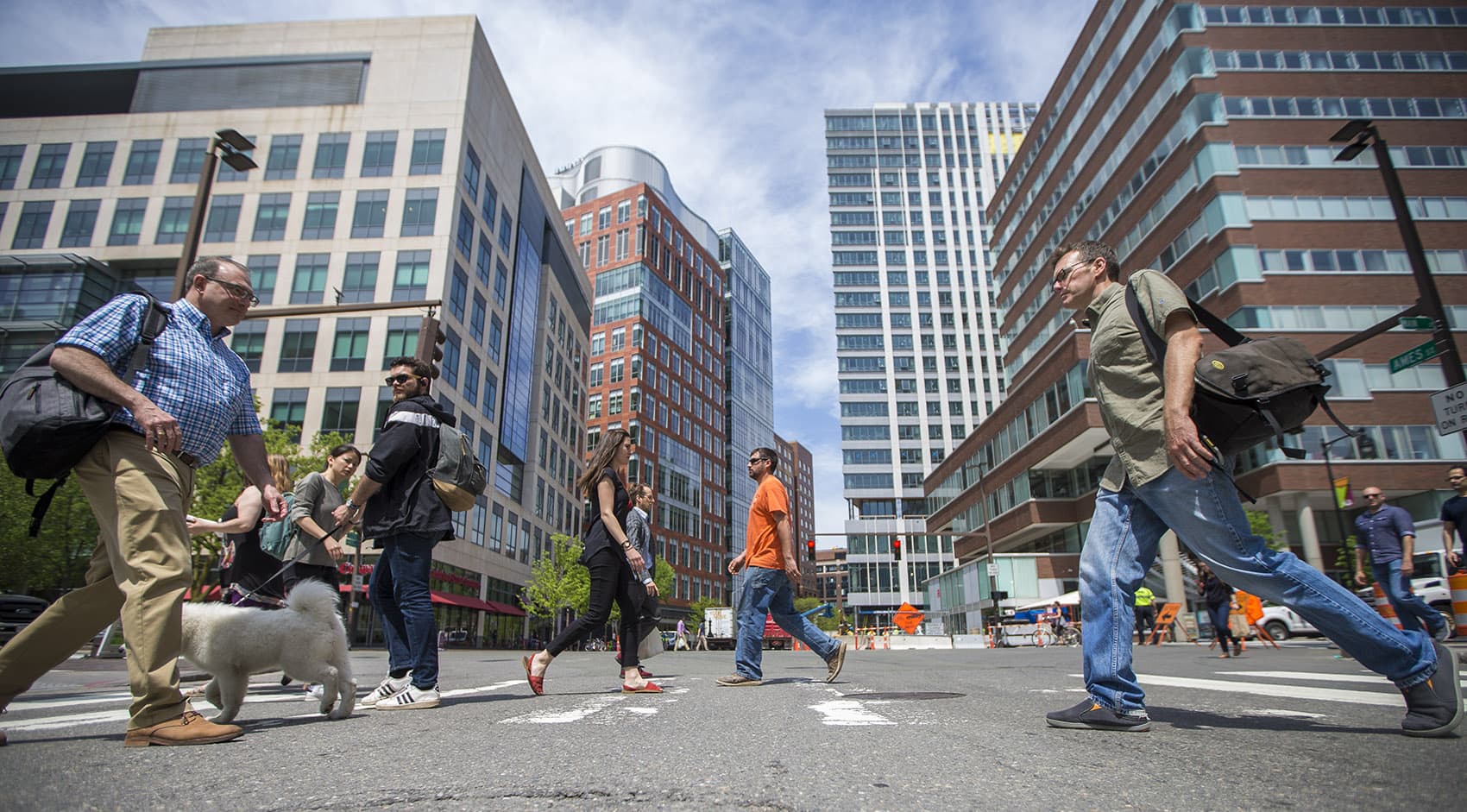
The intersection of Ames and Main streets in Cambridge's Kendall Square is perhaps the best place to stand if you want to see the biotech industry boom that has overtaken this region since the turn of the century.
Little more than a decade ago, there was only a Legal Sea Foods facing an old chocolate factory-turned-cancer research center.
Today, the sound of construction comes from several directions, and newish buildings are everywhere.
Two buildings attest to the more than $2 billion the Broad Institute of MIT and Harvard has raised from grants, industry and donations to further genetic research. Across Main Street, the Koch Institute for Integrative Cancer Research links cancer biologists with engineers and doctors. Computer science research is housed at the end of the block, with brain science just beyond.
A bit farther away sit even newer drug company buildings, where researchers work on treatments for cancer, inflammatory bowel disease and diabetes, among many other conditions.
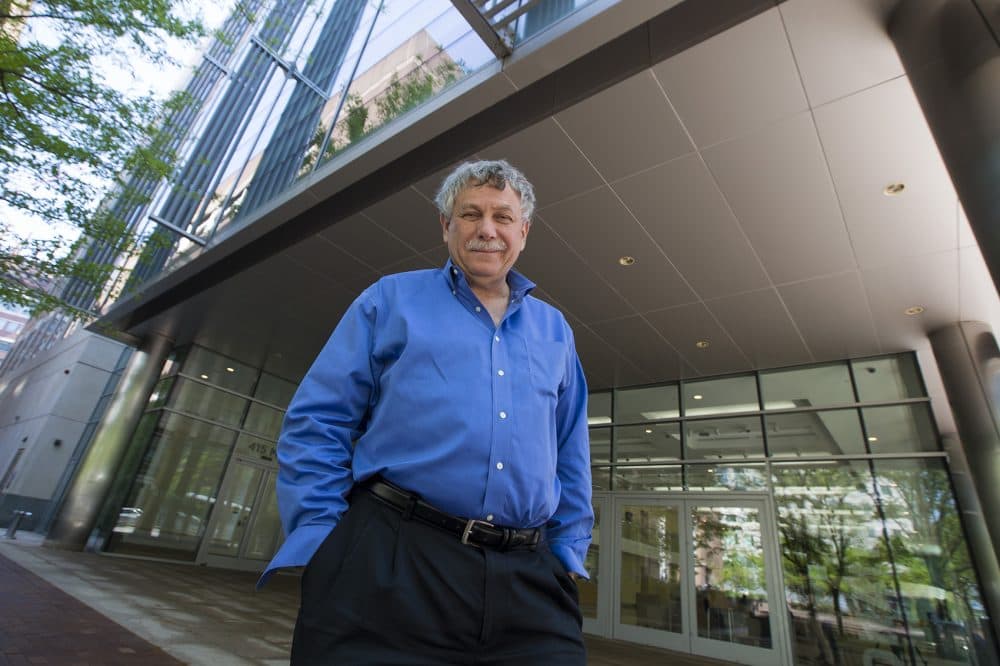
There is no place else “in the entire known universe that has this concentration of people interested in the biological and biomedical sciences,” said Eric Lander, founding director of the Broad Institute, with characteristic enthusiasm. “If you draw a circle about two miles around this street corner, you probably capture something like 10 or 15 percent of all biomedical research in the United States.”
Ever since Biogen was born out of MIT and Harvard 40 years ago, the region has succeeded at turning biology into business.
But the biggest growth has come in more recent years, with an explosion of jobs, financing and construction. Eighteen of the top 20 drug companies now have a major presence here, as well as all 10 of the top medical device companies, according to the nonprofit Massachusetts Biotechnology Council (MassBio). More than 11 million square feet of lab space has been built in the last decade, bringing the total to more than 28 million square feet. Venture capitalists spent $3 billion in 2017 alone in hopes of turning scientific inventions into profitable products.
That translates into lots of jobs — in Kendall Square and across the state. Massachusetts now has more than 100,000 biotech jobs, said Northeastern University professor Barry Bluestone. The average salary tops $138,000, according to MassBio. And the industry is always looking for qualified workers.
Although the San Francisco Bay Area competes with this region as the top spot for biotech, experts say the industry is much more concentrated here. Startups, big pharma, MIT, Harvard and Massachusetts General Hospital are just a short walk or T ride apart.
“The density is what's so powerful about Kendall Square,” said David Lucchino, a serial entrepreneur and chairman of MassBio.
The science is also groundbreaking, he said.
“It's research with a purpose,” Lucchino said, citing efforts underway to develop treatments for cancer and malaria, among many others. “People are working on ideas to help other humans live longer happier, healthier lives.”
So what’s driving this so-called "BioBoom"?
Lander, who helped lead the mapping of the human genome at the turn of the century, said genetics should get at least some of the credit.
Standing outside his Kendall Square office building, Lander said, “In the past decade or so, we've finally gotten to peer into the secrets of life. It started on street corners around here with things like molecular biology."
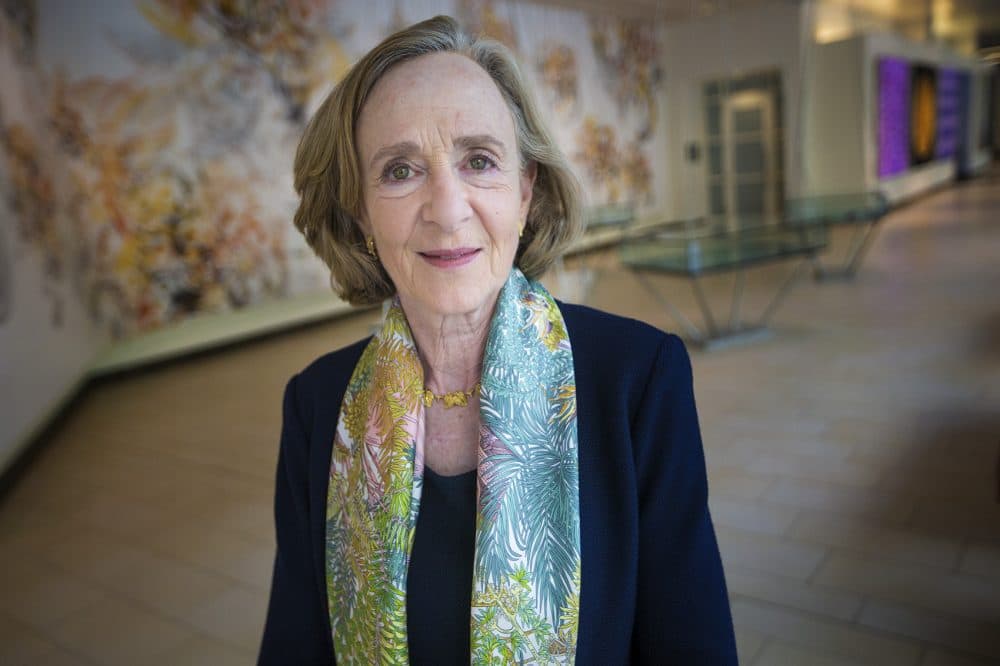
Former MIT President Susan Hockfield, whose office sits directly across Main Street, attributed some of the region’s success to the regular influx of students.
“Every year there's a new wave of young people who arrive on our campuses and get inspired by what we do and then inspire us about what they'd like to do,” she said. “I think that's part of the magic mix here.”
Lander said a lot of factors -- and good planning -- contributed to making Kendall a biotech magnet.
“It's because of an awful lot of foresight," he said. "First of all, the universities: It's MIT and it's Harvard that invested decades and decades ago in building great biology departments. And it's amazing hospitals. And it's venture capitalists in this area, who continue to invest larger and larger amounts in startups with audacious ideas but big risk.”
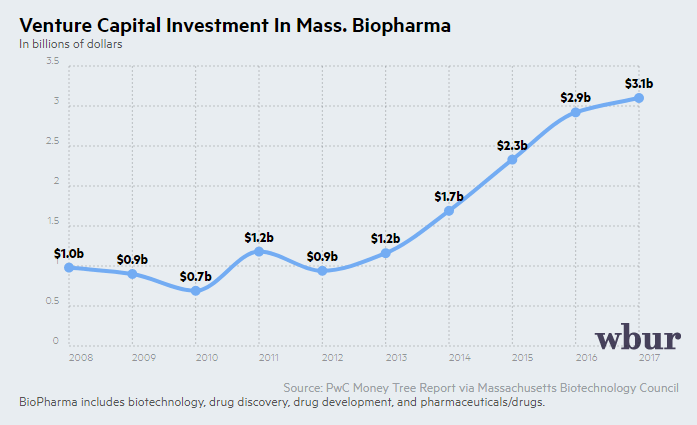
Everything is going well for the region’s biotech industry right now, but Lander concedes scientists, hospitals and venture capitalists all face stresses -- mostly to do with money. Venture capitalists want a return on their investments.
"Major exciting new therapeutics are coming along," Lander said, "but they also put tremendous strains on the cost of our health care system."
That’s because, as the drug therapies made here become more effective, their costs climb. Prices for some treatments are approaching $1 million.
“The cost issue is a big one, and I don't know how we're going to tackle it,” Hockfield said.
But she also thinks costs will naturally come down with growing efficiency -- the way early cellphones cost thousands of dollars and today’s are more affordable.
“It took us a long time to work down that cost curve," she said. "And the same thing will happen with medicines."
Theoretically, as better drugs allow more patients to resume their lives, the cost of treatment will fall.
There are other challenges. One is simply the time-frame. It’s a grueling, years-long path between an idea and a drug.
“We are at a stage now where we know so much more biology than we knew 10 years ago,” Hockfield said. “But I'm of the view that we still only know a fraction of what goes on inside any biological organism. The timeline is long. The financial requirements are large, and they're very risky.”
The people doing this years-long work come from all over the world. But, Lucchino said, the BioBoom’s expanding workforce is not as diverse as it could be.
“My biggest concern for the area is I want to make sure that we open up doors for talented men and women of all backgrounds to be able to work in this industry,” he said, gesturing toward MIT and Harvard. “You don't have to go to one of these great universities. There's great junior colleges that are supplying a workforce for this area.”
Infrastructure is another huge issue facing Kendall Square.
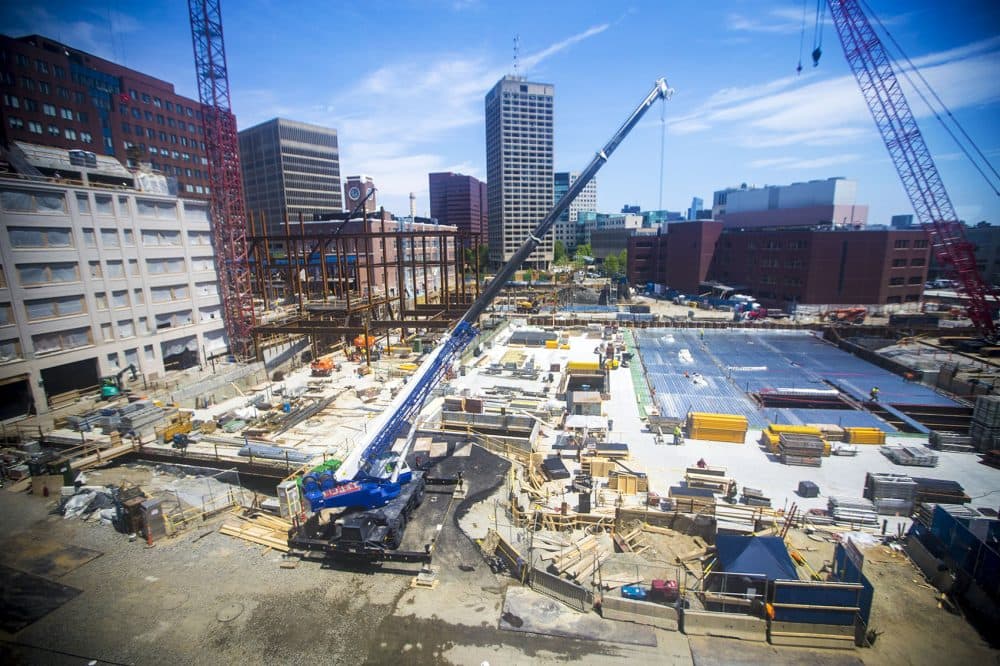
The Red Line makes Kendall accessible to the rest of the region, “but the Red Line has to function a little bit better than it currently does in order to optimally serve the burgeoning businesses," Hockfield said.
And the BioBoom has driven real estate prices so high that it’s getting hard for families, and even small- and mid-sized companies to justify being in Cambridge.
“There's concern about this neighborhood changing and it is changing,” Hockfield said. “Figuring out how to deal with the housing issue is going to be an important challenge for us to take on.”
High rents are driving business decisions, too. Lucchino located his latest startup, Frequency Therapeutics, in Woburn.
“We love Kendall Square, but we thought Woburn was a great opportunity for us,” he said. “In Cambridge, [rents run as high as] $90 to $95 a square foot. Where I am in Woburn, it's around $40 to $45 a square foot.”
Hockfield said the BioBoom is spreading outward from Kendall to other parts of the region.
“We have the Seaport Innovation District,” she said. “We have Allston coming along. There's another cluster emerging in Alewife. We've got some in Lawrence and Lowell, and I think that will be good for all of us.”
So, bottom line, what makes all the biotech activity here so special?
As biology continues to revolutionize medicine, biotech is becoming a defining industry of this region.
Lander said the biotech advances underway here obviously won’t solve every problem, but the BioBoom is making a difference in the world.
"It's not going to happen at once, and you can't be Pollyanna about it,” he said. “But you also can't stand here on the street corner without realizing what a transformation we're going to undergo in this century in biomedicine."
This segment aired on June 4, 2018.

